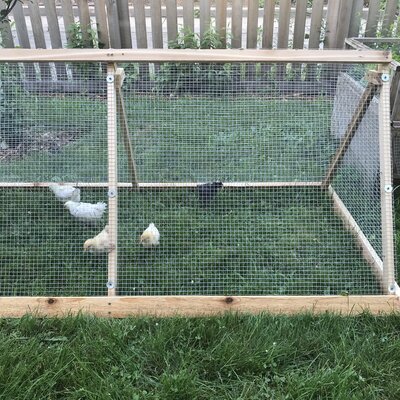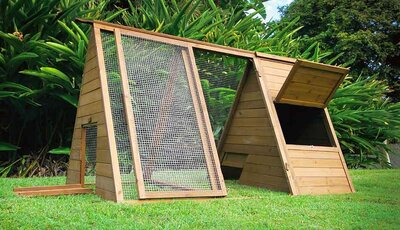gilliannas
Hatching
- Jul 6, 2020
- 3
- 1
- 6
We are planning our first coop and run for our small flock of 5. We live in Minnesota in the city where it rarely gets above 20 degrees during the winter and then there are always a few days (or sometimes weeks) that hover between 10 and -10. Since we have only 5 chickens there won't be a ton of body heat in the coop and we want to make sure our babies are safe. I imagine that a coop design for our winter weather is different in many ways from a coop design for Florida. What should we look out for when we're designing in terms of space, insulation, methods for caring for the chickens? And are Scandinavian coops something to look at? We will not have electricity in the coop and would rather not have a heat lamp but also do not want to have sad chickens with frostbite. Would it be possible to make the chickens comfortable enough to lay? We're very new to urban chicken farming and so any advice is appreciated! (photo is of our chicks in their daytime chicken tractor)






